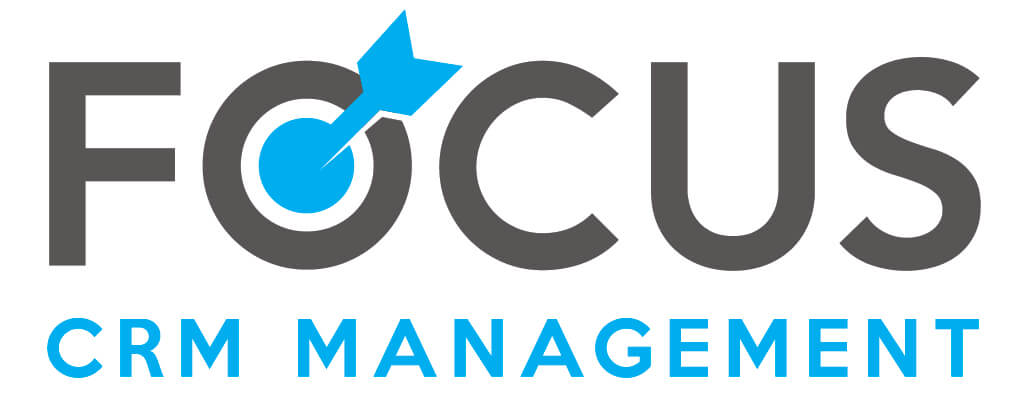
Today we’re going to look at distinguishing between two decidedly different approaches to selling: features & benefits selling and solution selling techniques.
An emphasis on “what” and “how much”

The concept of features & benefits selling needs little explanation as most selling has been done on this basis for hundreds of years. The emphasis in features & benefits selling is on promoting features & benefits features and pricing—on the “what” and not the “why”.
Typically, the salesperson is thinking short-term and looking for a quick and easy transaction. Given the purchasing options that most businesses have in this era of globalization, however, few salespeople in the business-to-business sector would describe their approach as features & benefits selling.
A more complex, longer-term approach to solution selling techniques
Most business-to-business salespeople these days would describe their approach as solution selling—with a mind to charging a premium for a package of features & benefits and services that differentiates them from their competitors. The concept of solution selling originated in the mid-80s and the essence of it is that it’s the salesperson’s job to figure out what the prospect needs, to convey this to the prospect—and to provide the prospect with a solution that meets their needs.

When conducted properly, it’s a deeper, more complex and longer-term approach to selling than focusing on features & benefits features and pricing. It requires a lot of empathy and critical thinking, not qualities that all salespeople sufficiently possess.
Avoiding silos and see the big picture

A key solution selling technique is seeing the big picture— taking a holistic approach and viewing systems as wholes, not merely as a collection of parts. This means that the sales department of a company should not be operating in isolation from other departments, and that sales should be perceived as the first step in a seamless process, from marketing through manufacturing, distribution, delivery, implementation, to customer service.
Changing the corporate philosophy and culture

The challenge in implementing solution selling techniques within a company is understanding what solution selling requires. The real starting point is at corporate philosophy and culture. Old ways of thinking and operating will likely need revamping. The four steps below should be part of this process of doing a deep dive on what your company is all about.
- Management must figure out what segments of the market they want to target.
- Next, management should explore and determine how their features & benefits or services need to be changed, enhanced or modified to meet the expectations of the buyers in targeted segments. The key word is “expectations”. Unlike features & benefits-related selling, solutions selling delivers value by meeting both needs and expectations.
- Then there’s the issue of rethinking the corporate philosophy. Companies need to be prepared to open their doors to other organizations in an effort to be more flexible.
- Only when these stages have been thoroughly evaluated can companies start focusing on their sales teams—and how to train them in the art and science of solution selling. This training can be a combination of online and classroom instruction.
Helping prospects see the problem
One issue in solution selling is that the prospect often does not fully appreciate that they have a problem that requires a solution (at least not a problem serious enough to do anything about)! The salesperson, therefore, must help a prospect:
- Realize that they have a problem;
- Understand the nuances of the problem; and
- Conclude that YOU have the best solution for it.
Expectations and results
The goal is to become a trusted advisor of the customer—which brings us back to that key word: expectations. When salespeople present themselves as providers of solutions it raises the bar with respect to customer expectations. And what customers expect is results—such as enhanced efficiencies leading to greater profitability. It cannot be understated that solution selling bears the responsibility of delivering results.
While some salespeople might feel that, as a solution seller, being much more responsible for results is a burden, true professional solution sellers are likely to look upon it as a welcome challenge that broadens their understanding of the business world, opening doors to career advancement.
Contact Focus to let us help you brush up on your features & benefits and/or solution selling techniques.

